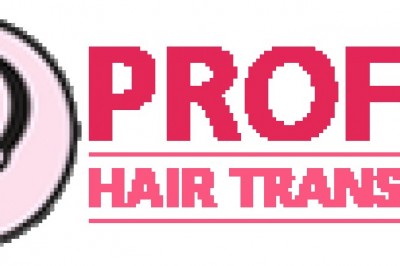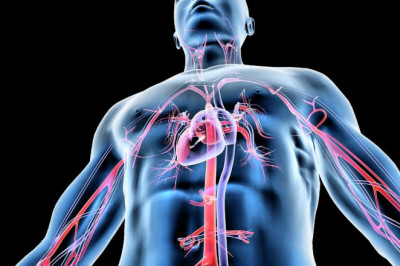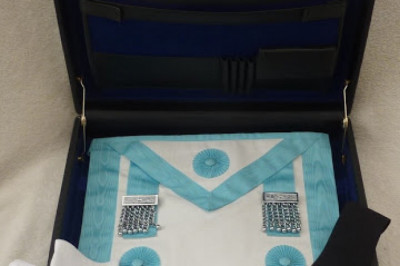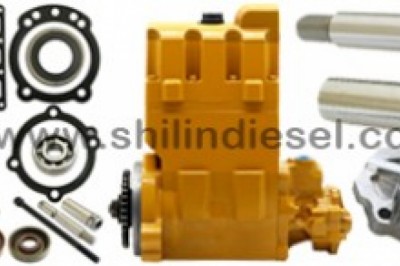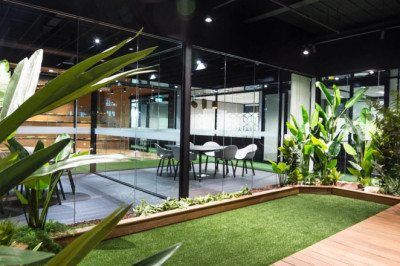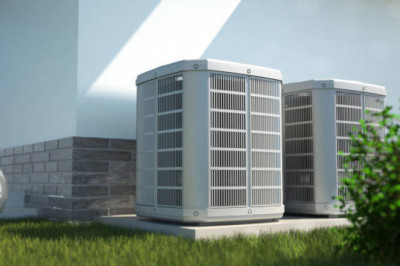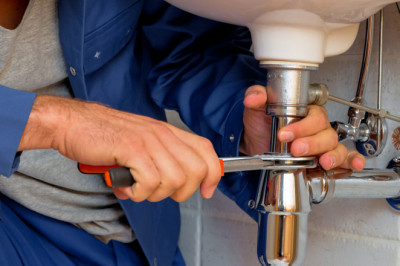views

It helps to uniquely identify your product among the competitive products, thus ensuring brand identification and loyalty to the product. With a variety of packaging supplies available in the market to customise, selection ultimately comes down to how cost-effective the whole packing is in guaranteeing protection and exclusivity to your product.
Packaging as a whole enhances the actual value of the product and customer experience. The packaging supplies available are varied making it often difficult to select the most appropriate for your product. Let us have an overview of some of the different types of packaging materials that are available for your products.
· Paper/Paperboard/Fiberboard/Corrugated
Paper packaging is used for making thinner packaging products like labels, paper bags, etc. Paperboard is thicker and more durable than packaging made of paper material. It is normally used in primary packaging like juice cartons, frozen food boxes, etc.
Fiberboard is made from layers of paper to form one rigid wall and does not have corrugation. The absence of corrugation makes it less in strength when compared to corrugated packaging. Normally used for gift cards, cereal boxes, cake boxes, etc. It is also waxed for storing liquid products such as fruit juices, soups, etc.
Corrugated cardboard is made from layers of paper which can be kraft or test paper composed of three layers of paper, that include an outer layer usually made from kraft paper, with an inner layer of fluting which is sandwiched between the outer layer and a further inner layer. It is popular as it is quite lightweight whilst offering superior strength to weight ratio, high crush resistance, and product protection.
In addition, all these packaging supplies are easily recyclable and completely renewable, thus making them an ideal choice for eco-friendly businesses and consumers.
· Plastic
Plastic is a well-known packaging material steadily replacing traditional materials, such as wood, glass, etc. Plastic packaging comes in various forms such as packing peanuts, clamshell containers, etc. It is flexible, lightweight, durable, transparent, or opaque, and can also be chemical and heat resistant. Airtight plastic packaging containers help to preserve the quality of food or products and eliminate any contamination issues. The only drawback being that different types of plastic are used to create packaging, thus making difficult to recycle.
· Aluminium
Aluminium's ability to form any shape and its protective qualities has made it a versatile packaging material. The various types of aluminium like foil, cans, and other aluminium packaging materials can be fully recycled and reused several times. Aluminium foil packaging helps to protect products from moisture, sunlight, and other external elements. It also completely prevents the escape of subtle flavours of food items packed in.
The need to package things better, more securely, and at a lower cost has made the selection of packaging supplies a critical factor in managing the operating cost for businesses. The usage of more sustainable packaging materials is essential as we need to be conscious of the earth’s limited resources.



